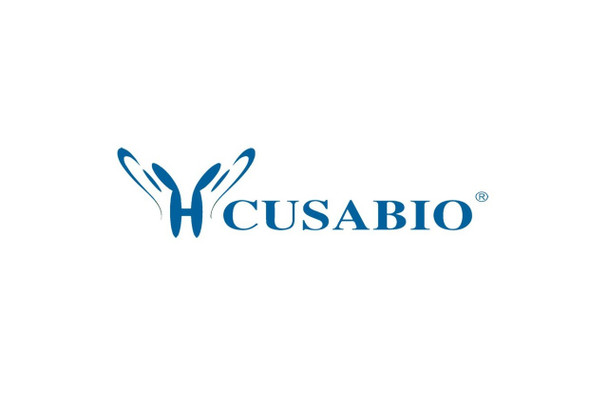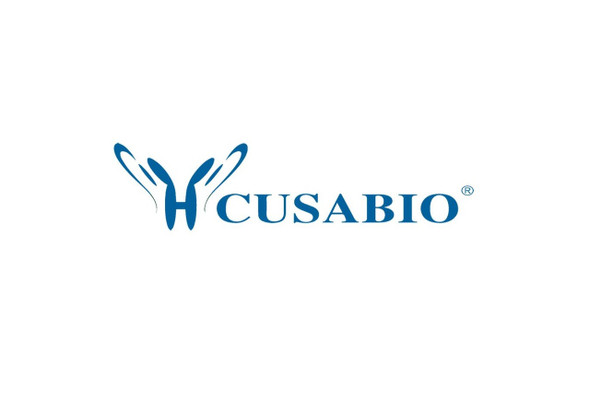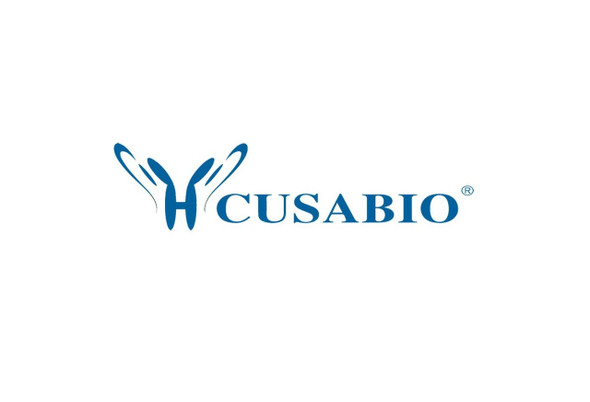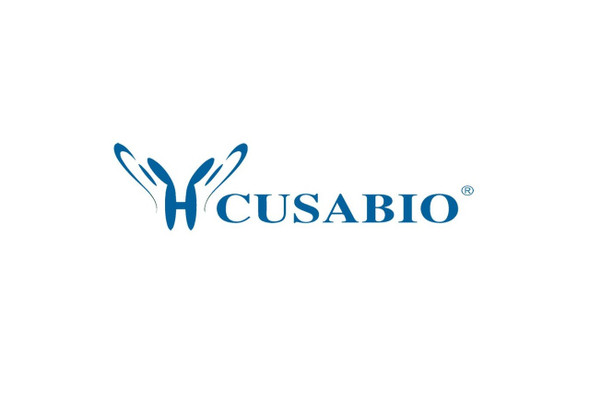Cusabio Active Proteins
Recombinant Human Atypical chemokine receptor 1 (ACKR1) (Active) | CSB-CF624105HU
- SKU:
- CSB-CF624105HU
- Availability:
- 18 to 23 Working Days
Description
Recombinant Human Atypical chemokine receptor 1 (ACKR1) (Active) | CSB-CF624105HU | Cusabio
Protein Description: Full Length
Alternative Name (s) : Duffy antigen/chemokine receptor Fy glycoprotein Short name: GpFy Glycoprotein D Plasmodium vivax receptor CD_antigen: CD234 DARC, FY, GPD
Gene Names: ACKR1
Research Areas: Cardiovascular
Species: Homo sapiens (Human)
Source: in vitro E.coli expression system
Tag Info: N-terminal 10xHis-tagged
Expression Region: 1-336aa
Sequence Info: MGNCLHRAELSPSTENSSQLDFEDVWNSSYGVNDSFPDGDYGANLEAAAPCHSCNLLDDSALPFFILTSVLGILASSTVLFMLFRPLFRWQLCPGWPVLAQLAVGSALFSIVVPVLAPGLGSTRSSALCSLGYCVWYGSAFAQALLLGCHASLGHRLGAGQVPGLTLGLTVGIWGVAALLTLPVTLASGASGGLCTLIYSTELKALQATHTVACLAIFVLLPLGLFGAKGLKKALGMGPGPWMNILWAWFIFWWPHGVVLGLDFLVRSKLLLLSTCLAQQALDLLLNLAEALAILHCVATPLLLALFCHQATRTLLPSLPLPEGWSSHLDTLGSKS
Biological Activity: Measured by its binding ability in a functional ELISA. Immobilized ACKR1 at 1 μg/ml can bind human CCL2, the EC50 of human CCL2 protein is 48.64-60.24 μg/ml.
MW: 41.1 kDa
Purity: Greater than 85% as determined by SDS-PAGE.
Endotoxin: Not test.
Relevance: Atypical chemokine receptor that controls chemokine levels and localization via high-affinity chemokine binding that is uncoupled from classic ligand-driven signal transduction cascades, resulting instead in chemokine sequestration, degradation, or transcytosis. Also known as interceptor (internalizing receptor) or chemokine-scavenging receptor or chemokine decoy receptor. Has a promiscuous chemokine-binding profile, interacting with inflammatory chemokines of both the CXC and the CC subfamilies but not with homeostatic chemokines. Acts as a receptor for chemokines including CCL2, CCL5, CCL7, CCL11, CCL13, CCL14, CCL17, CXCL5, CXCL6, IL8/CXCL8, CXCL11, GRO, RANTES, MCP-1, TARC and also for the malaria parasites P.vivax and P.knowlesi. May regulate chemokine bioavailability and, consequently, leukocyte recruitment through two distinct mechanisms: when expressed in endothelial cells, it sustains the abluminal to luminal transcytosis of tissue-derived chemokines and their subsequent presentation to circulating leukocytes; when expressed in erythrocytes, serves as blood reservoir of cognate chemokines but also as a chemokine sink, buffering potential surges in plasma chemokine levels.
PubMed ID:
Notes: Repeated freezing and thawing is not recommended. Store working aliquots at 4℃ for up to one week.
Function:
Involvement in disease:
Subcellular Location:
Protein Families:
Tissue Specificity:
Paythway:
Form: Liquid or Lyophilized powder
Buffer: If the delivery form is liquid, the default storage buffer is Tris/PBS-based buffer, 5%-50% glycerol. If the delivery form is lyophilized powder, the buffer before lyophilization is Tris/PBS-based buffer, 6% Trehalose, pH 8.0.
Reconstitution: We recommend that this vial be briefly centrifuged prior to opening to bring the contents to the bottom. Please reconstitute protein in deionized sterile water to a concentration of 0.1-1.0 mg/mL.We recommend to add 5-50% of glycerol (final concentration) and aliquot for long-term storage at -20℃/-80℃. Our default final concentration of glycerol is 50%. Customers could use it as reference.
Uniprot ID: Q16570
Uniprot Entry Name:
HGNC Database Link: N/A
UniGene Database Link: N/A
KEGG Database Link: N/A
STRING Database Link: N/A
OMIM Database Link: N/A











